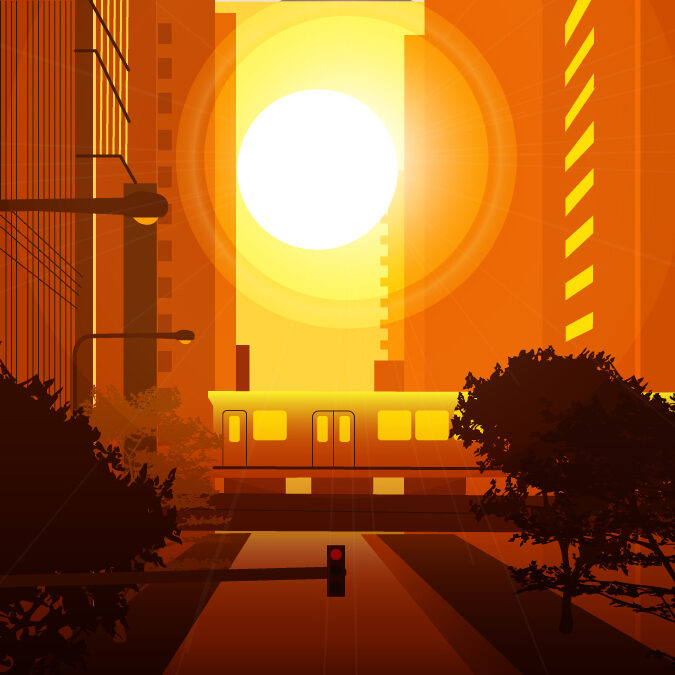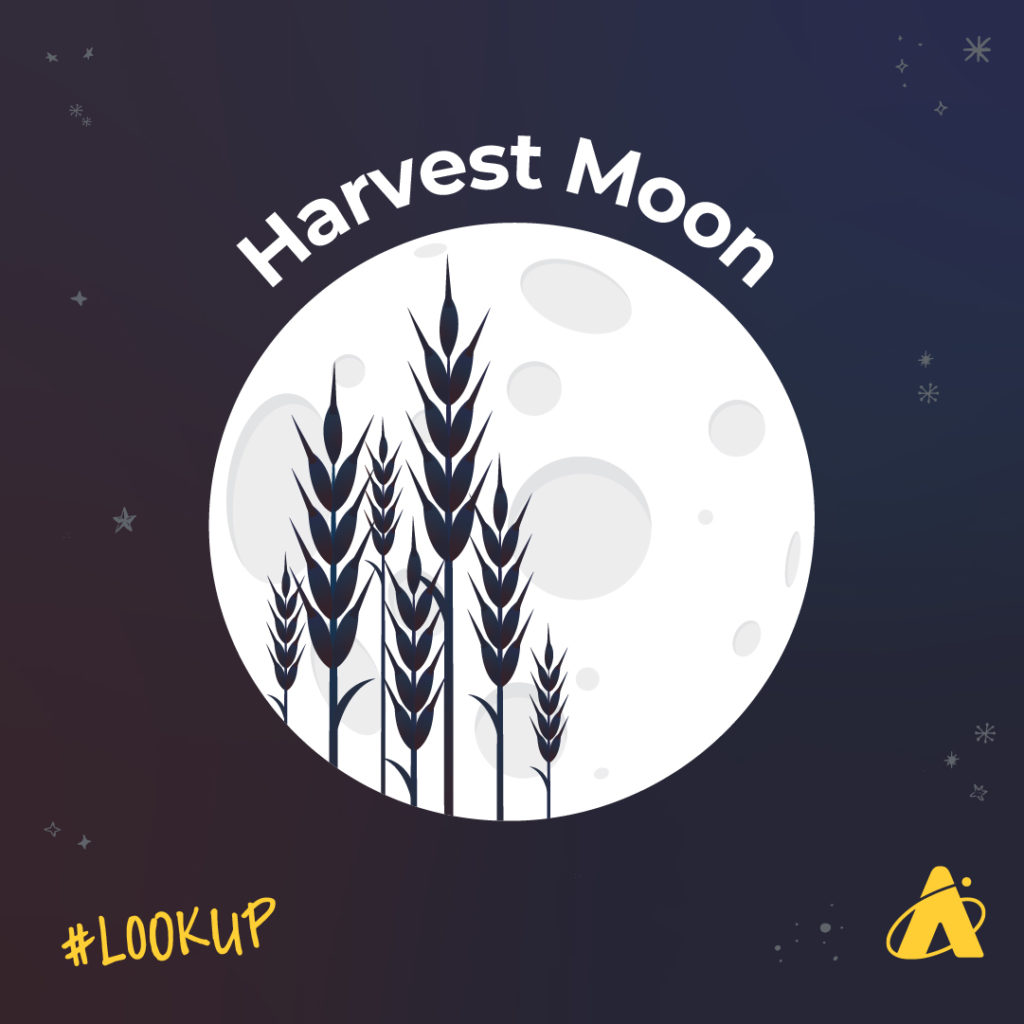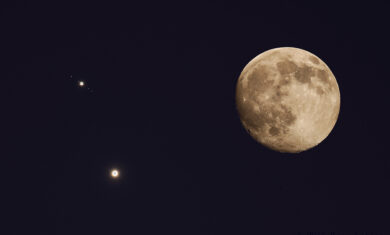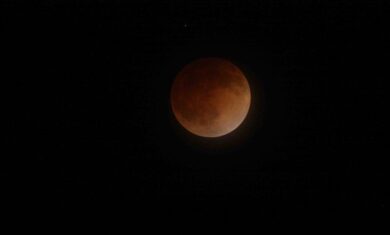Adler Skywatch: September 2021

Header Image: Adler Planetarium graphic depicting the fall celestial event, Chicagohenge.
If you like dark-sky viewing, you’ll get more opportunities for it this September 2021 as Earth’s Northern Hemisphere approaches an equinox.
The autumnal equinox, marking the fall season in the Northern Hemisphere, falls on the 22nd, at 2:21 p.m. CDT. On the autumnal equinox (as well as on the vernal equinox, which took place on March 20th), daytime and nighttime are roughly equal in length. If you’re in the Chicago area, you may be noticing that the Sun rises later and later—and sets earlier and earlier—each day this month. Actually, in the Northern Hemisphere the Sun has been rising later and setting earlier since the summer solstice, but from the autumnal equinox on, the night-sky time will last longer than the daylight time until the next vernal equinox. We’ll keep gaining dark-sky viewing time until the winter solstice on December 21st.
You can see the famed celestial event known as Chicagohenge in the days leading up to and right after the fall equinox! Chicagohenge is a celestial phenomenon that occurs twice a year—around the spring and fall equinoxes—where you can see the Sun rise or set directly between city buildings when looking due east or due west down the streets of Chicago. It is such a spectacular sight! This fall, Chicagohenge can be best viewed from September 22-25.
What exactly is #Chicagohenge? 🌇 Occurring twice a year, this spectacular phenomenon happens around the #SpringEquinox and #FallEquinox! 🌷🍁☀️ Learn the science behind this celestial event in #Chicago and see it on the #FirstDayOfSpring: https://t.co/V4cFfMTWY2
[ 📷 Tim Hara ] pic.twitter.com/t9s3mUar7X— AdlerPlanet (@AdlerPlanet) March 16, 2021
With the onset of fall comes harvest-time, and so the Full Moon nearest the autumnal equinox is traditionally called the Harvest Moon. This year the Harvest Moon falls on the 20th.
In planetary action this month, the brightest planet, Venus, again dominates the west-southwestern horizon about 40 minutes after sunset. The first week of the month, the bright star Spica, in the constellation Virgo, appears near Venus. The planet is so much brighter than the star, that it may be hard to see Spica. The evening of the 9th, look very low in the west-southwest to see a very slim waxing crescent Moon to the right of Venus, with Spica below the Moon. The next evening, the 10th, the waxing crescent Moon forms a line with Venus and Spica below and to the right. With each passing night, Venus creeps a little further toward the south along the horizon. By the end of the month Venus appears close to due-southwest shortly after sunset.
The planets Jupiter and Saturn appear in the dim, triangle-shaped constellation Capricornus this month. Start looking for the two planets about a half-hour after sunset, low in the southeast. Jupiter is the brighter of the two planets, and it’s easy to spot. To find Saturn, look about 15 degrees west of Jupiter. The night of the 16th, a waxing gibbous Moon appears just below Saturn; and the night of the 17th, the waxing gibbous Moon is below Jupiter. The two planets get about 30 degrees high in the south around 10 p.m. CDT. Jupiter and Saturn are near the southwest horizon a couple hours after midnight.
This month, the planets Mars and Mercury appear so close to the Sun in the sky that they will be difficult, if not impossible, to see.

New Moon: September 6
First Quarter Moon: September 13
Full Moon: September 20
Last Quarter Moon: September 28
Please note that these descriptions are for the Chicago area, using Central time.
Subscribe To Skywatch Wednesday This September
Tour the night sky weekly with the Adler Planetarium’s Theaters Manager Nick, who uses cutting edge visualizations, NASA images, and astrophotography to show you what you can see in the night sky throughout the year.
Learn From Our Astronomy Educators
Watch exclusive live episodes of Sky Observers Hangout throughout the year on our YouTube channel! Learn how to observe upcoming cosmic happenings, enhance your astrophotography skills and see celestial objects through a telescope virtually with our astronomy educators.







